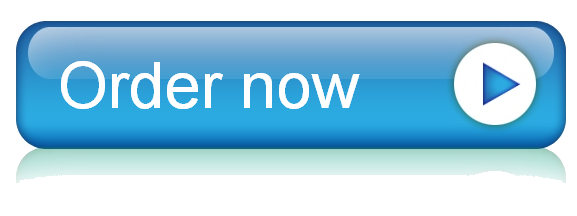11 Apr Differences in Language Between Public and Academic/Professional Audiences ??????When communicating research findings, the language used must be tailored to
Differences in Language Between Public and Academic/Professional Audiences
When communicating research findings, the language used must be tailored to effectively reach the intended audience. Speaking to a public audience versus an academic or professional audience requires distinct approaches, though certain techniques remain consistent across contexts (Melo & Bishop, 2020). Understanding these differences is crucial for nursing professionals seeking to bridge the research-practice gap through effective knowledge translation. When addressing a public audience, nursing researchers must prioritize accessibility by using everyday language that avoids jargon and technical terminology. Complex research concepts need to be translated into relatable examples and narratives that connect with listeners' lived experiences. For instance, rather than discussing "decreased mortality rates associated with early intervention protocols," a presenter might say, "patients who received early care were more likely to survive and recover faster" (Brownson et al., 2018). The emphasis is on clarity and relevance, helping the public understand why the research matters to their health and wellbeing.
In contrast, academic and professional audiences expect and understand specialized terminology. Presentations to these groups typically maintain greater technical precision, statistical detail, and methodological rigor. When presenting to fellow nursing professionals, a researcher might specify that "implementation of standardized early warning scoring systems resulted in a statistically significant 27% reduction in ICU admissions." This precision provides the evidence-based foundation that professional audiences require to evaluate and potentially implement findings in their practice (Shato et al., 2023). Despite these differences, several communication techniques remain similar across audience types. Both contexts benefit from strong storytelling elements that frame the research within a meaningful narrative. For example, beginning a presentation with a compelling patient case study can engage both public and professional audiences by establishing the real world significance of the research question. The difference lies in how the subsequent information is presented with technical detail for professionals or accessible explanations for the public. Another similarity is the importance of visual communication. Effective presenters use visuals strategically for both audience types, though the complexity and information density may be different. A public presentation might feature simplified infographics showing general trends, while a professional presentation would include more detailed data visualizations. However, both benefit from thoughtful visual design that reinforces key messages and maintains audience engagement (Woloshin et al., 2023).
The growing availability of diverse presentation technologies from webcasting to podcasting has expanded opportunities for reaching both public and professional audiences. This technological evolution requires nurses to develop versatility in their communication approaches, adapting content appropriately while maintaining scientific integrity. As the nursing profession continues to increase the number of doctorally prepared practitioners, the ability to communicate effectively across different contexts becomes increasingly valuable for transforming patient care through the dissemination of evidence-based practices. Understanding these communication differences and similarities helps nursing professionals become more effective knowledge translators, ultimately contributing to reducing the persistent gap between research findings and clinical implementation.
References
Brownson, R. C., Eyler, A. A., Harris, J. K., Moore, J. B., & Tabak, R. G. (2018). Getting the Word Out: New Approaches for Disseminating Public Health Science. Journal of Public Health Management and Practice, 24(2), 102–111. https://doi.org/10.1097/phh.0000000000000673
Melo, S., & Bishop, S. (2020). Translating healthcare research evidence into practice: The role of linked boundary objects. Social Science & Medicine, 246, 112731. https://doi.org/10.1016/j.socscimed.2019.112731
Shato, T., Kepper, M. M., McLoughlin, G. M., Tabak, R. G., Glasgow, R. E., & Brownson, R. C. (2023). Designing for Dissemination among Public Health and Clinical Practitioners in the United States. Journal of Clinical and Translational Science, 1–26. https://doi.org/10.1017/cts.2023.695
Woloshin, S., Yang, Y., & Fischhoff, B. (2023). Communicating health information with visual displays. Nature Medicine, 29(5), 1085–1091. https://doi.org/10.1038/s41591-023-02328-1




